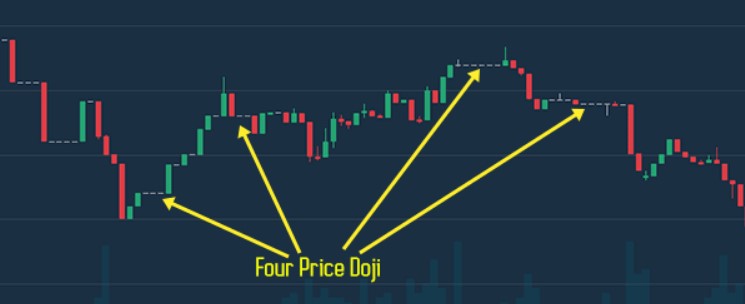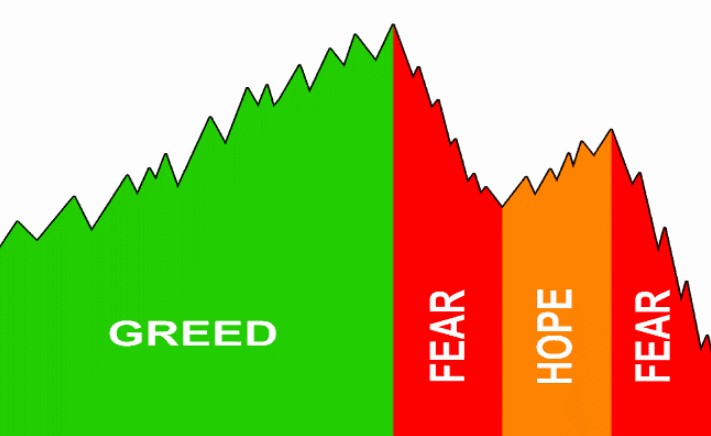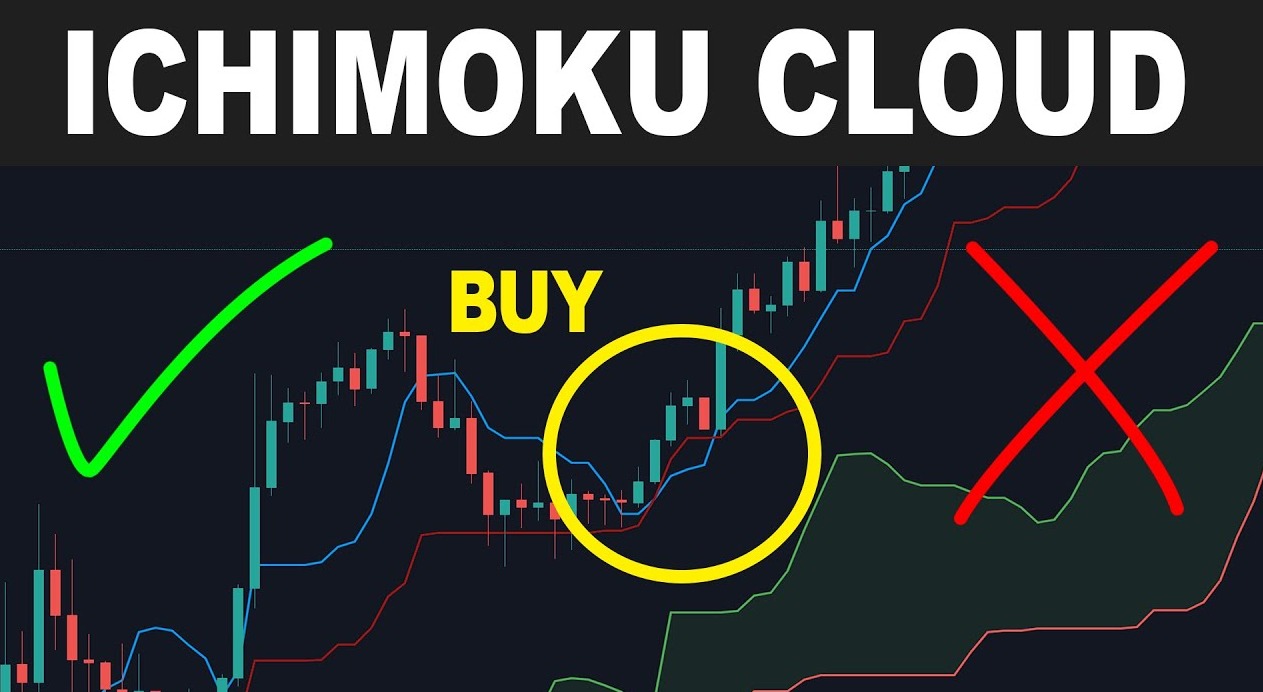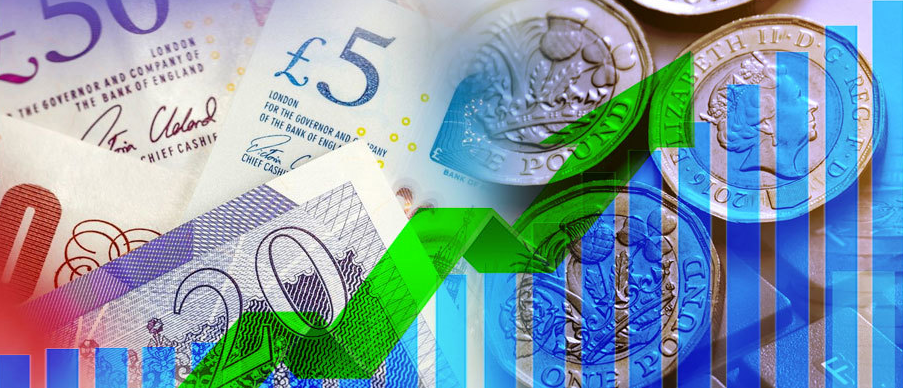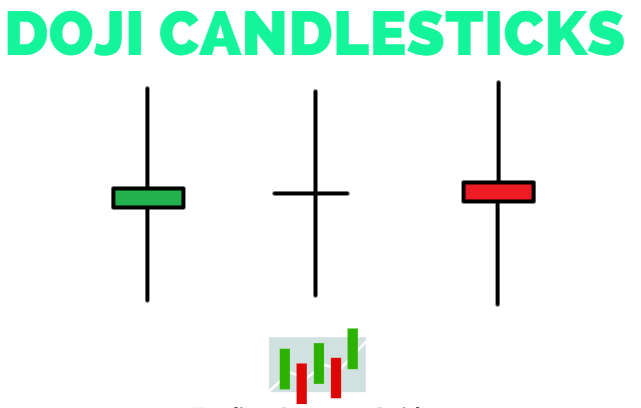
Determining Stop Loss by Fibonacci Ratio in Forex Trading:
We have seen in the previous two chapters the effective use of Fibonacci Retracement tool and Fibonacci Projection tool for trade entry and closing. But one thing to note here is that not all trades can always be profitable, that is, trades can be lost due to wrong trades and this loss is a very normal thing in Forex trading. But in this case, if the lot size of a wrong trade becomes too big or if the market moves towards a reverse trend in the long run in a wrong trade of a small lot, then that one trade can cause huge loss to the trading balance.
Therefore, it is reasonable to consider that loss as a "beneficial loss" rather than a "harmful loss" for the trade, if a small acceptable amount of loss can be closed before a huge loss of trading balance by a wrong trade. Such a small amount of acceptable "beneficial loss" is termed as Stop Loss in the language of Forex trading.
This Stop Loss also has a specific margin, because if a trader uses a small amount of Stop Loss to reduce the amount of loss, then it can be seen that each of his profitable trades is hitting Stop Loss before hitting Take Profit. And thus damaging his trading balance. On the other hand, if a large Stop Loss is set to avoid getting hit in Stop Loss, then it can be seen that there is a huge amount of loss due to hitting Stop Loss due to wrong trade. For this reason, determining the exact amount of Stop Loss is a huge challenge and very important for trading.
We have already seen the Fibonacci Retracement tool determining the Temporary Support Level or the Temporary Resistance Level in the Chart and giving the Buy Entry or Sell Entry at that level. However, a Stop Loss level can be set at an acceptable level just below this Temporary Support Level or just above the Temporary Resistance Level so that the market can never hit that Stop Loss unless the wrong trade entry is made. So using Fibonacci ratios, you can easily set the amount of "Stop Loss" along with the trade entry and closing in the Chart.
